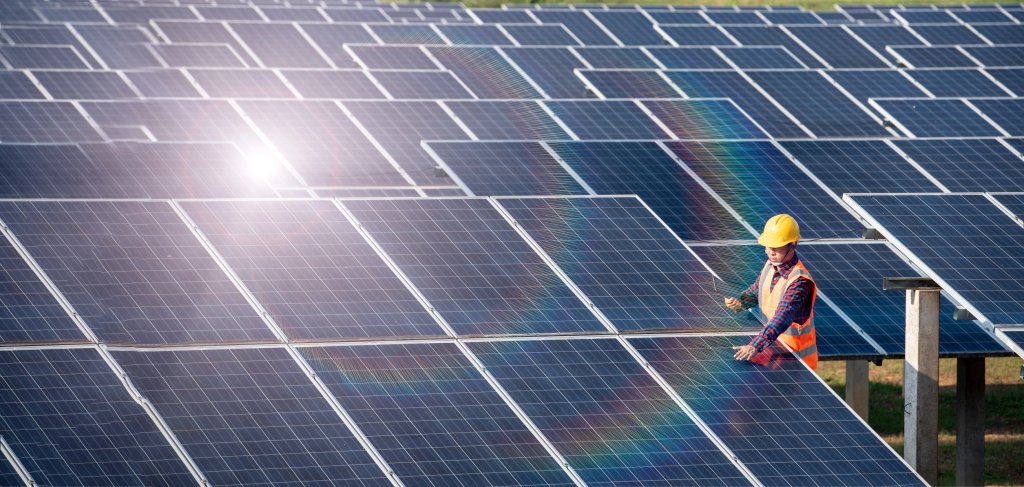5:45
Brief
Quick Takes
‘Stackable’ tax credits for smaller renewable energy projects could benefit Eastern Kentucky
A new federal tax credit program to help nonprofits and local governments afford to build small-scale renewable energy projects could benefit communities in Eastern Kentucky and Appalachia in particular, according to an advocate familiar with the program.?
Applications for the U.S. Department of Energy’s Low-Income Communities Bonus Credit Program opened earlier this month. The program provides local governments and nonprofits with a tax credit of at least 10% to 20% of a renewable energy project’s cost, including solar installations, up to five megawatts.??
Renewable energy projects sited through the program in low-income communities get an initial 10% tax credit from the program, with swaths of Appalachia and Eastern Kentucky qualifying for that extra 10%.
Quenton King, a federal liaison for the environmental advocacy nonprofit Appalachian Voices, said the initial amount of the tax credit may not be a lot. But the tax credit can also be stacked like a “layered cake” with other available federal tax credits, some particularly geared for Appalachian communities including Eastern Kentucky.
For example, he said, the Investment Tax Credit can add another potential 30% credit for a renewable energy project. The Energy Community Tax Credit Bonus — targeted to communities that have a legacy of a fossil fuel-driven economy such as coal mining — can add another 10% tax credit. The Production Tax Credit, for projects that use domestic materials, can add yet another 10% tax credit.?
“Much of Appalachia is an energy community,” King said. “So all said, this could cover between 60-and-70%, which makes it much more attractive for nonprofits and for renewable energy developers who want to put these in places.”?
King said the result of these stackable tax credits could mean lower electricity bills through renewable energy projects for governments, churches and low-income residential building owners. He also said the installation of solar projects through the tax credit programs could drive economic growth through renewable energy.?
“Churches aren’t bringing in money — generally a lot of money. So this could help a congregation electrify, reduce their costs, and also be sort of an educational tool,” King said.?
Applications submitted for the Low-Income Communities Bonus Credit Program through November 18 will be treated the same as other submitted applications, according to federal guidance.?
King said financial and technical guidance in helping site renewable energy projects through the tax credit programs is also available through the Appalachian Solar Finance Fund, which is fiscally sponsored by Appalachian Voices.
Our stories may be republished online or in print under Creative Commons license CC BY-NC-ND 4.0. We ask that you edit only for style or to shorten, provide proper attribution and link to our website. AP and Getty images may not be republished. Please see our republishing guidelines for use of any other photos and graphics.
Liam Niemeyer
Liam covers government and policy in Kentucky and its impacts throughout the Commonwealth for the Kentucky Lantern. He most recently spent four years reporting award-winning stories for WKMS Public Radio in Murray.
Kentucky Lantern is part of States Newsroom, the nation’s largest state-focused nonprofit news organization.





